Roppongi Art Night 2014
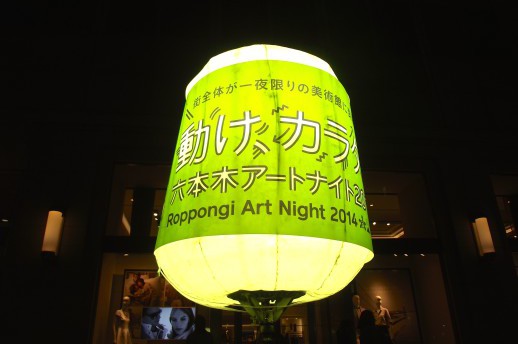
The annual contemporary art event in Roppongi saw the bustling district open its shopping walkways and museum complexes up to a variety of workshops, installations and performances. Shopping arcades became stages and galleries, while fashion stores provided clothes for video installations. By combining its artistic program with participating galleries, restaurants and shops that remained open until sunrise on Sunday morning, the event sought to combine shopping with gallery-going, and even made it possible to catch a major museum retrospective after the nightclubs had closed their doors. Which isn’t to say that the event was limited to a nocturnal schedule, as there were plenty of pre-program events held during the daytime too.
Directed by Katsuhiko Hibino, this year’s theme was “Move Your Body”. Lending itself well to the medium of performance art, this theme produced a variety of interventions and involved the sound of a large number of participants, including the patter of footsteps that accompanied those dancing to their mp3 players at the silent disco, as well as Japan Women’s College for Physical Education who danced their way along Seijoki Dori to a far more audible beat.
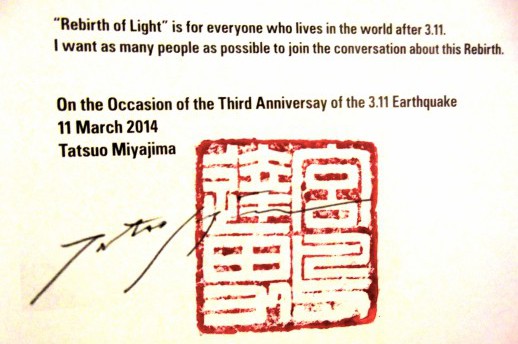
Roppongi Art Night also included a few talks. One of which was the beginning of a discussion by the artist Tatsuo Miyajima. Next to Roppongi Hills is Miyajima’s large public installation, Counter Void (2003). Unfortunately, the work has been switched off since 3.11. In the talk, he discussed the reason why the artwork was turned off and the possibility of it being illuminated again. Miyajima expressed caution about whether switching it on may be perceived as a sign of recovery, or whether the reactivation of this work will need be altered to reflect recent changes. In a leaflet distributed at the talk, he published a call for the artwork to be reborn that has subsequently become a Facebook campaign too.
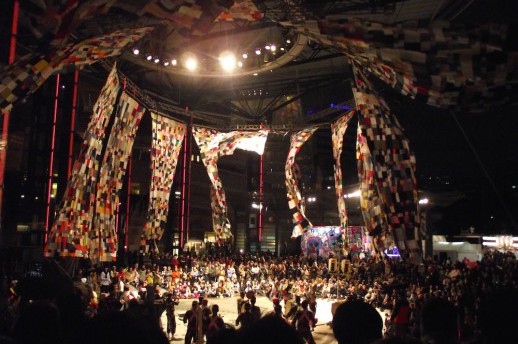
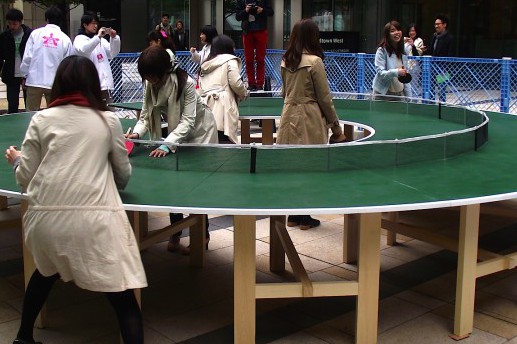
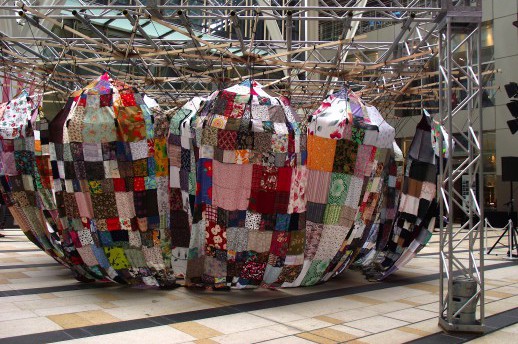
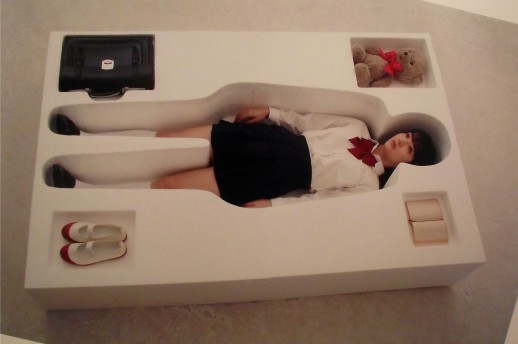
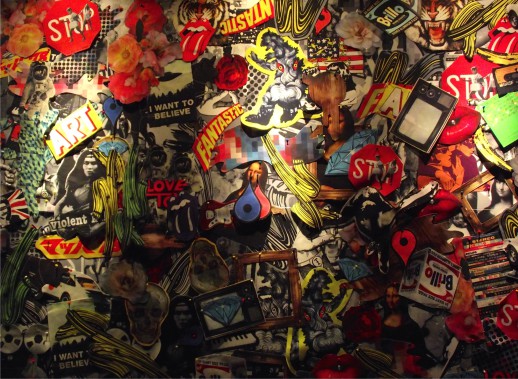
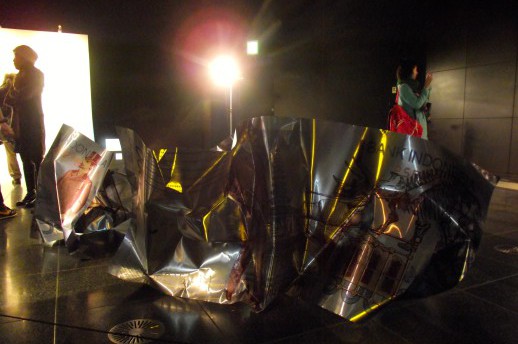
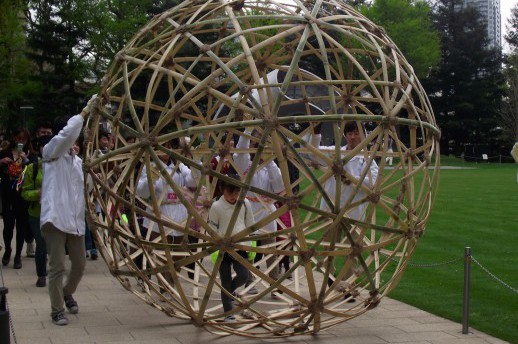
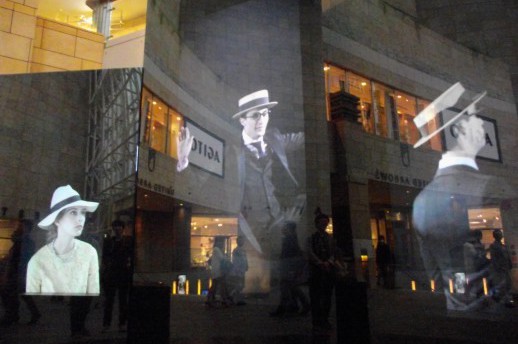
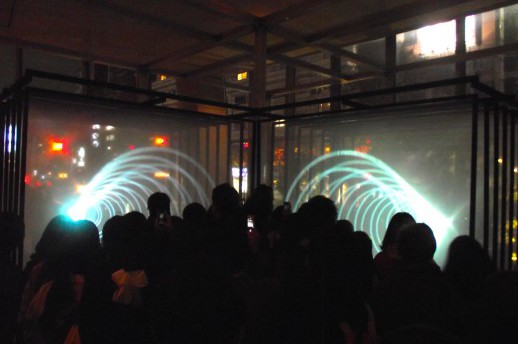
Nick West
Nick West



